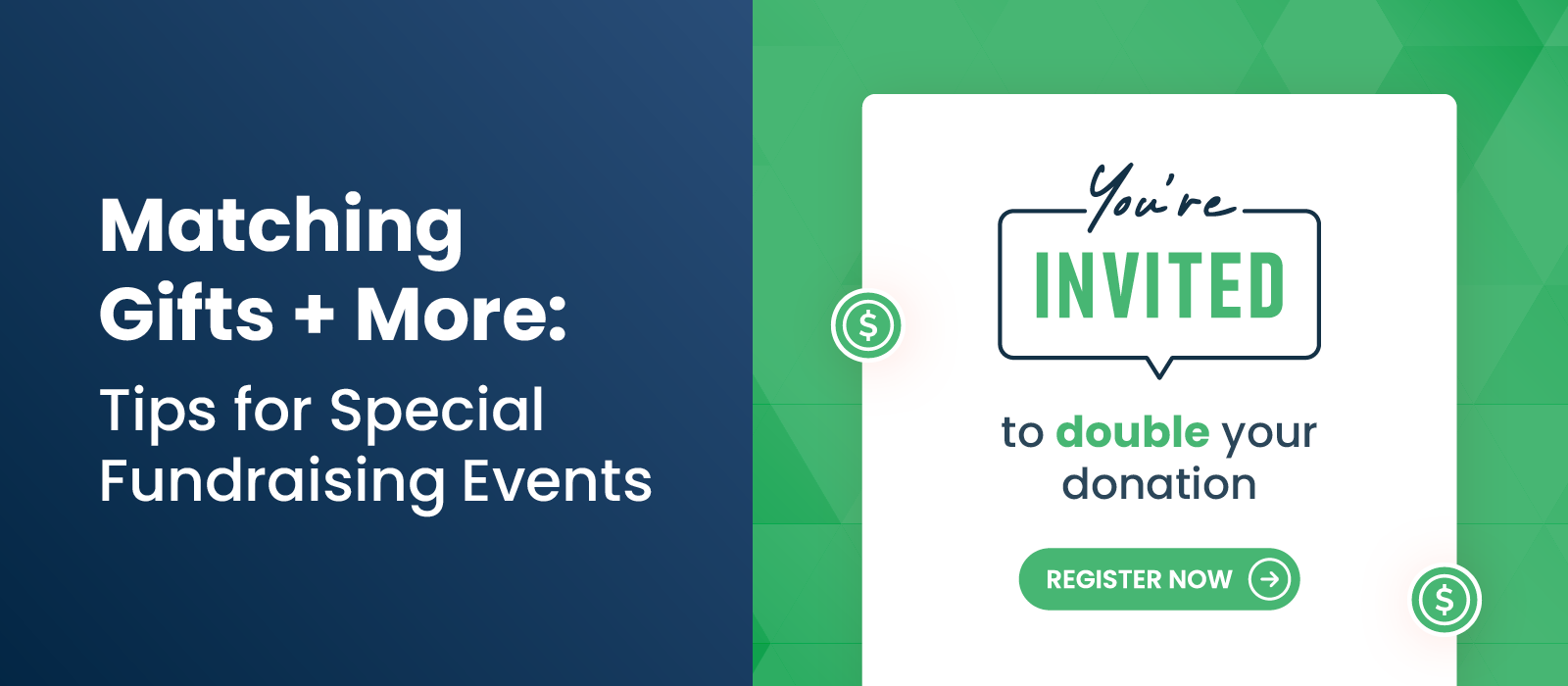 https://doublethedonation.com/wp-content/uploads/2025/09/DTD_Matching-Gifts-More-Tips-for-Special-Fundraising-Events-1.png
700
1600
Sydney Faye
https://doublethedonation.com/wp-content/uploads/2025/11/DTD-horizontal-logo-300x63.png
Sydney Faye2025-04-25 13:06:232026-01-07 19:05:54Matching Gifts + More: Tips for Special Fundraising Events
https://doublethedonation.com/wp-content/uploads/2025/09/DTD_Matching-Gifts-More-Tips-for-Special-Fundraising-Events-1.png
700
1600
Sydney Faye
https://doublethedonation.com/wp-content/uploads/2025/11/DTD-horizontal-logo-300x63.png
Sydney Faye2025-04-25 13:06:232026-01-07 19:05:54Matching Gifts + More: Tips for Special Fundraising Events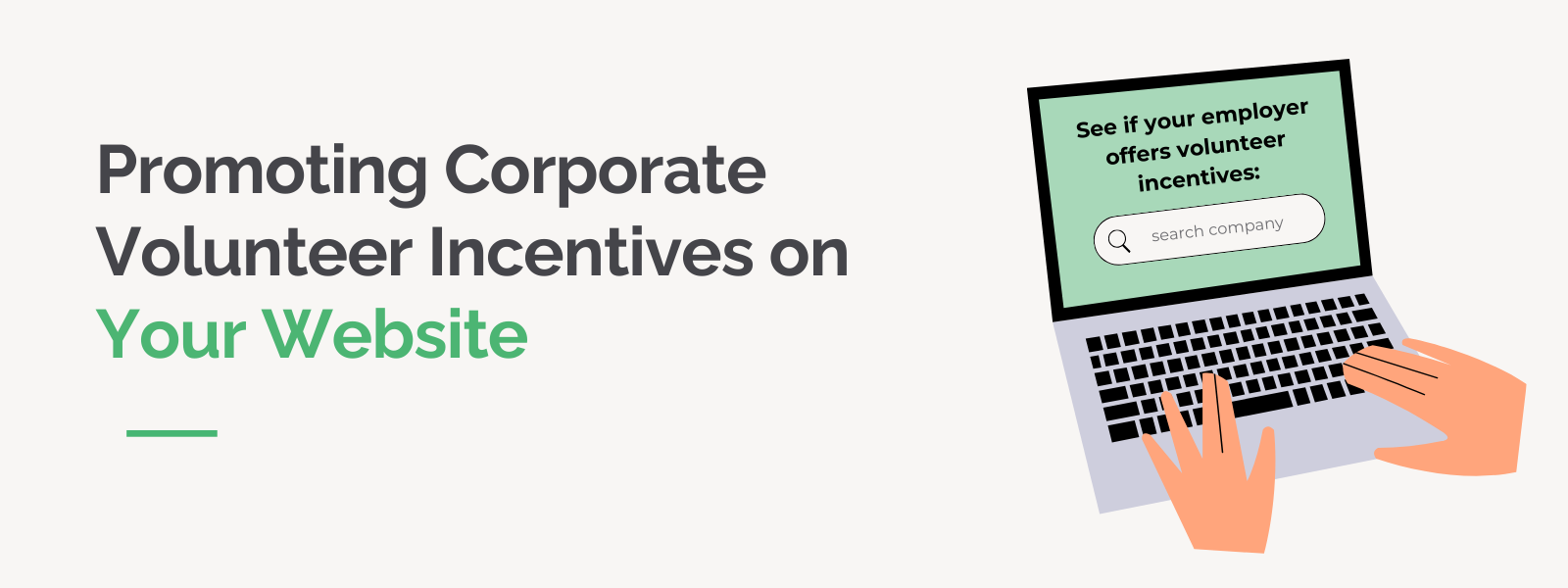 https://doublethedonation.com/wp-content/uploads/2025/04/DTD_Promoting-Corporate-Volunteer-Incentives-on-Your-Website_Feature.png
600
1600
Adam Weinger
https://doublethedonation.com/wp-content/uploads/2025/11/DTD-horizontal-logo-300x63.png
Adam Weinger2025-04-16 20:32:222025-06-23 14:01:58Promoting Corporate Volunteer Incentives on Your Website
https://doublethedonation.com/wp-content/uploads/2025/04/DTD_Promoting-Corporate-Volunteer-Incentives-on-Your-Website_Feature.png
600
1600
Adam Weinger
https://doublethedonation.com/wp-content/uploads/2025/11/DTD-horizontal-logo-300x63.png
Adam Weinger2025-04-16 20:32:222025-06-23 14:01:58Promoting Corporate Volunteer Incentives on Your Website![Driving Donor Retention With Matching Gifts [A Guide]](https://doublethedonation.com/wp-content/uploads/2015/09/DTD_Driving-Donor-Retention-With-Matching-Gifts-A-Guide_Feature.png)
Driving Donor Retention With Matching Gifts [A Guide]
In recent years, donor retention rates have been hovering slightly…
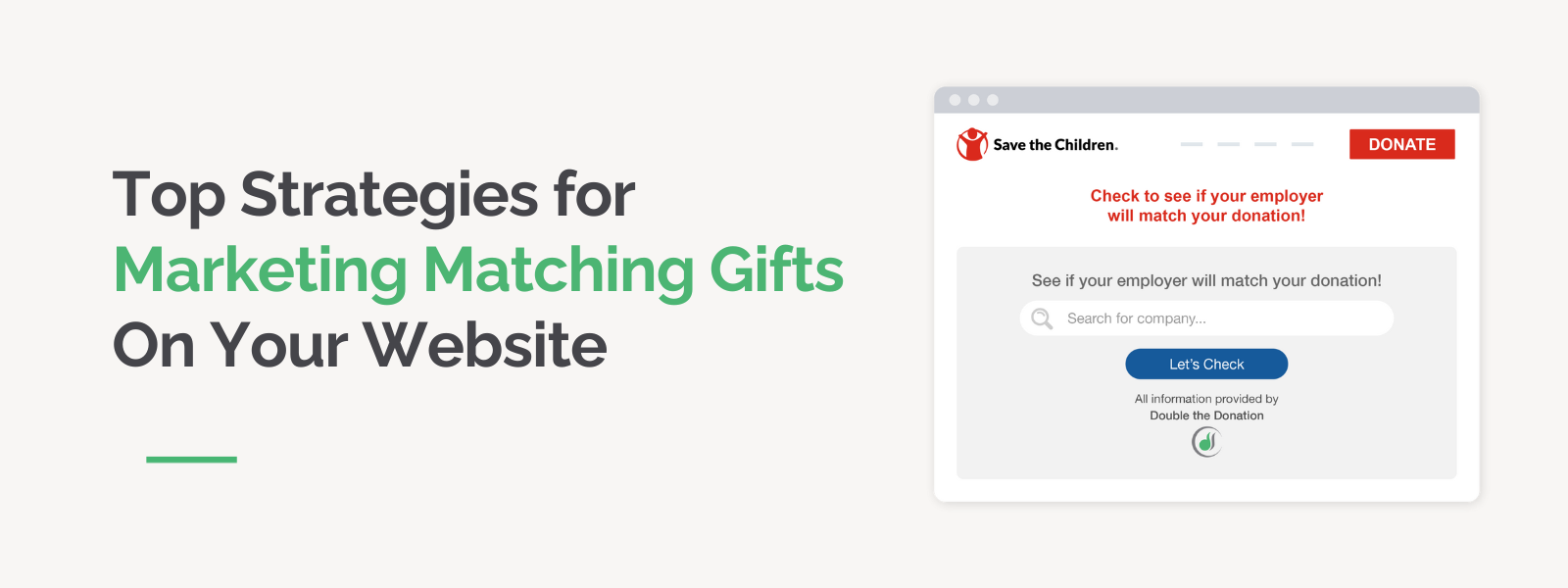
Top Strategies for Marketing Matching Gifts On Your Website
Your nonprofit website is likely the number one place where donors…
 https://doublethedonation.com/wp-content/uploads/2022/05/DTD_Marketing-Matching-Gifts-In-Your-Donation-Process_Feature-2.png
600
1600
Julia Beltran
https://doublethedonation.com/wp-content/uploads/2025/11/DTD-horizontal-logo-300x63.png
Julia Beltran2025-01-06 18:58:312025-11-24 06:44:11Marketing Matching Gifts in the Donation Process
https://doublethedonation.com/wp-content/uploads/2022/05/DTD_Marketing-Matching-Gifts-In-Your-Donation-Process_Feature-2.png
600
1600
Julia Beltran
https://doublethedonation.com/wp-content/uploads/2025/11/DTD-horizontal-logo-300x63.png
Julia Beltran2025-01-06 18:58:312025-11-24 06:44:11Marketing Matching Gifts in the Donation Process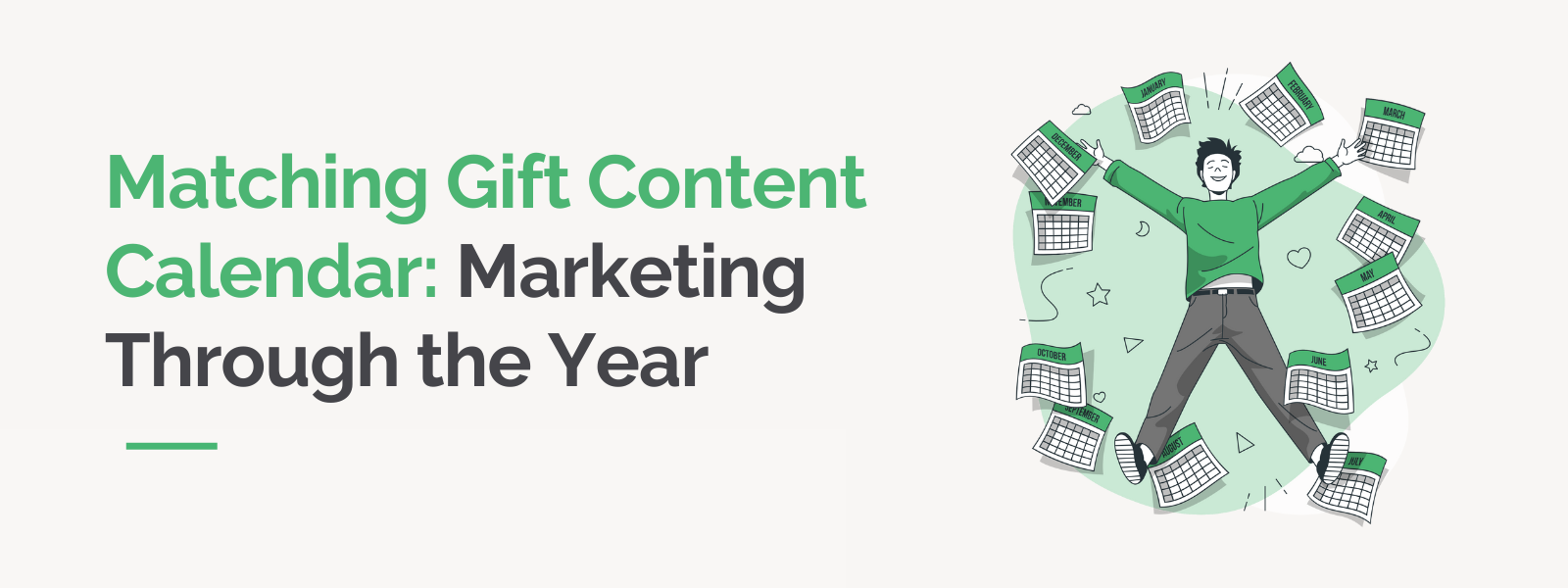
Matching Gift Content Calendar: Marketing Through the Year
Incorporating matching gifts into your nonprofit’s marketing…
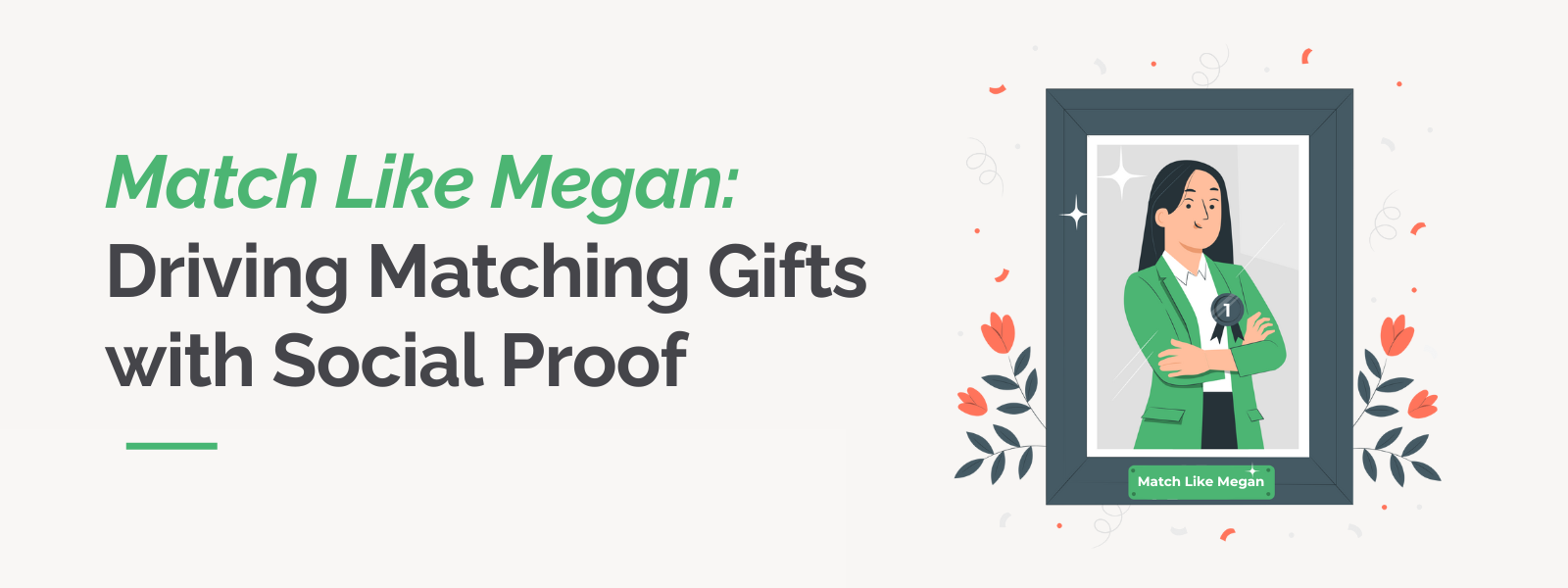
Match Like Megan: Driving Matching Gifts with Social Proof
In the world of fundraising, one of the most effective yet underutilized…
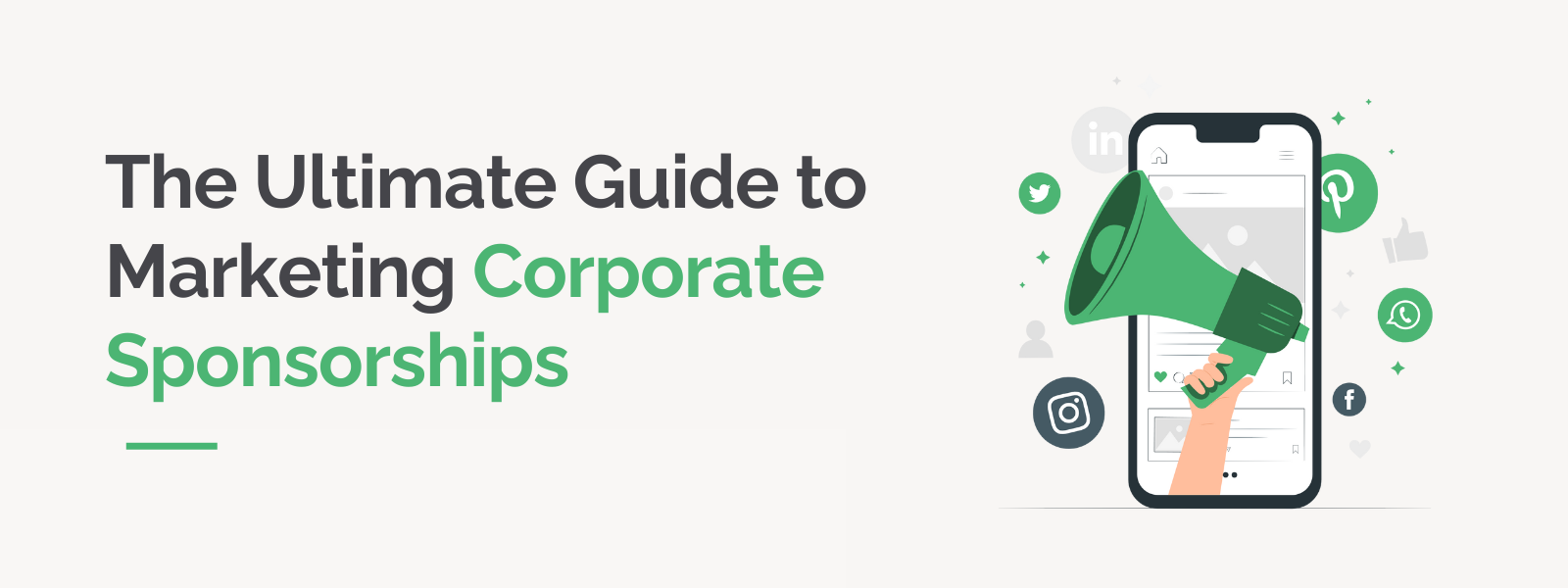
The Ultimate Guide to Marketing Corporate Sponsorships
Corporate sponsorships can be a game-changer for nonprofits,…

Using Matching Gifts to Strengthen Corporate Relationships
A common inquiry we receive at Double the Donation centers on…

How to Increase Matching Gift Revenue in 30 Minutes or Less
According to our recent Nonprofit Corporate Engagement report,…

